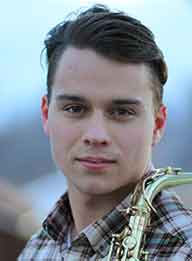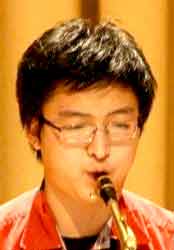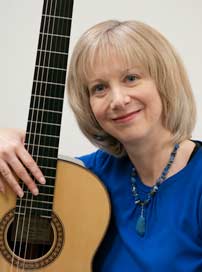Private or Virtual Online Saxophone Lessons
Lessons in your Home!
James Conquer, Saxophone & Recorder Teacher
MM University of Toronto, Saxophone Performance
BM University of Toronto, Saxophone Performance

"Pursuing his Master of Music under Dr. Wallace Halladay at the University of Toronto, former teachers include Chelsea Shanoff and Bruce Redstone. He undertook further studies at the Université Européenne de Saxophone in Gap, France and participated in the inaugural saxophone master class at Orford Musique with internationally renowned virtuoso and professor Dr. Timothy McAllister.
James made his concerto debut with the Hart House Orchestra in May 2017, performing the Canadian orchestral premiere of Fernande Decruck’s Sonate en Ut#. In 2018 he was a finalist in the UofT Concerto Competition. Orchestral experience includes performances with the Royal Conservatory Opera, UofT Opera and Symphony Orchestra and the Etobicoke Philharmonic."
George Liu, Saxophone, Theory & Recorder Teacher
MM University of Toronto, Saxophone Performance

George will receive his Master’s degree in Performance in June 2019 under Dr. Wallace Halladay. His warm personality puts students at ease so they can enjoy their music making. He also teaches Levels 5-8 theory for RCMusic examination preparation. Mandarin & English
Saxophone Tone Quality
The quality of tone produced relates to the placement of the lips on the mouthpiece. It is recommended to begin with the lips one-half to three-quarters onto the mouthpiece and reed. If the mouthpiece is too far into the mouth, the tone will be honky; if it is not in far enough, the sound will be thin and airy.
Saxophone Air Stream
While fingers will depress the keys to produce notes, good players are able to play notes with the mouthpiece only through tongue placement. Lower notes use an “o” sound as in “open” with the tongue low in the mouth and a “u” sound as in “umbrella”. Middle range notes use an “ee” sound as in “see”, while high notes require an “i” sound as in “is”.Intermediate and advanced players benefit from 10 minutes of exercises using only the mouthpiece to refine the shape of the lower lip of the embouchure.
To book an assessment or a trial lesson call: 905-479-0591
